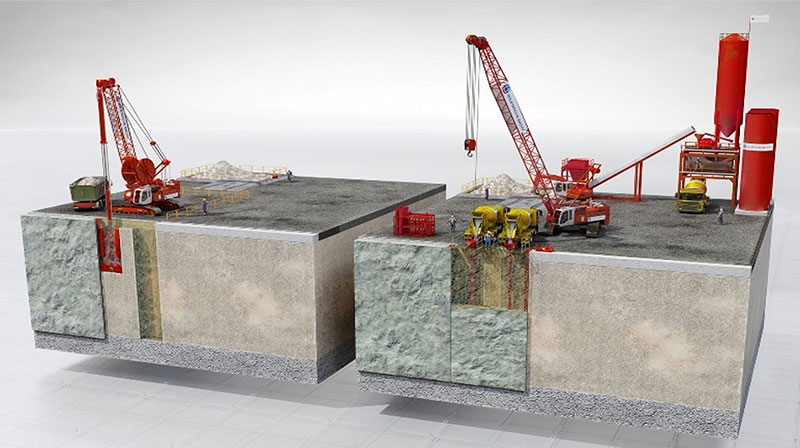

- #Ejecucion con trello logo software#
- #Ejecucion con trello logo code#
- #Ejecucion con trello logo series#
Promotes collaboration, especially with the customer.The fastest method to do a screenshot is by pressing the print screen key on your laptop or computer keyboard.A project requirement is segmented into smaller pieces, which are then prioritized by importance.An agile project is segmented into several incremental steps that include regular feedback intervals.build relationships and connections across roles that make it easier for people to connect and communicate effectively.Īgile allows teams to be more resilient to changes that inevitably occur during a project.gather feedback from stakeholders during the process and iterate responsively without the stress of a final delivery deadline.adapt to changing circumstances from newly discovered requirements to a blocked piece of work.Iterative releases unlock multiple opportunities for a team to:
#Ejecucion con trello logo series#
It also allows for regular, high-impact releases that enable teams to deliver a series of wins over time. This promotes adaptability since a team can adjust throughout the product development process, rather than being confined to a linear path.
#Ejecucion con trello logo software#
Product ownership and engagement may not be as strong when compared to agile since the focus is brought to the current phase.Īgile was first adopted by software teams, who moved from the traditional, sequential waterfall approach to a method that garnered consistent feedback and adjustment throughout the development lifecycle.Īgile project management takes an iterative approach to development by creating several incremental steps with regular feedback intervals. Extra communication overhead during handoff between phase transitions. Additional hiring requirements to fulfill specialized phase teams whereas agile encourages more cross-functional team composition. Risk of time waste due to delays and setbacks during phase transitions. Harder to break up and share work because of stricter phase sequences teams are more specialized. The design phase is more methodical and structured before any software is written. Better focus on documentation of designs and requirements. The cost of the project can be estimated after the requirements are defined. A clear project phase helps to clearly define dependencies of work. Requires less coordination due to clearly defined phases sequential processes. #Ejecucion con trello logo code#
Thus, important issues in the product design and code go undiscovered until release.
Difficulty getting user feedback and product validation: To add insult to injury, the end customer can't interact with the product until it's fully complete. Blockers and dependency management: Traditional project management styles often create "critical paths", where the project can't move forward until a blocking issue is resolved. The waterfall model can exacerbate some of the known challenges of building products: This creates a “use it or lose it” mentality that encourages developers, product owners, and stakeholders to request as much time as possible in each time window, since there may be no opportunity to iterate in the future. Typically teams using waterfall try to control scope creep through “change control”, where everyone agrees the original contract is not changed. Additionally, when a team is fully focused on the next phase of work, resolving technical debt or fixing bugs can be painful if the team is fully allocated to new feature work and always pressing forward to the next stage.īelow is an illustration of a standard waterfall project with rigidly segmented blocks of time. It works well for work that has predictable, recurring processes, yet it can leave development teams flat-footed and unable to adjust faster than a competitor.Ī single missed deadline or scope change during a waterfall project can cause outsized impacts on subsequent releases. The waterfall project management approach follows a linear, sequential formula. Agile teams may follow a similar sequence yet do so in smaller increments with regular feedback loops. Once a phase is completed, it can be difficult and costly to revisit a previous stage. The waterfall project management approach entails a clearly defined sequence of execution with project phases that do not advance until a phase receives final approval.





 0 kommentar(er)
0 kommentar(er)
